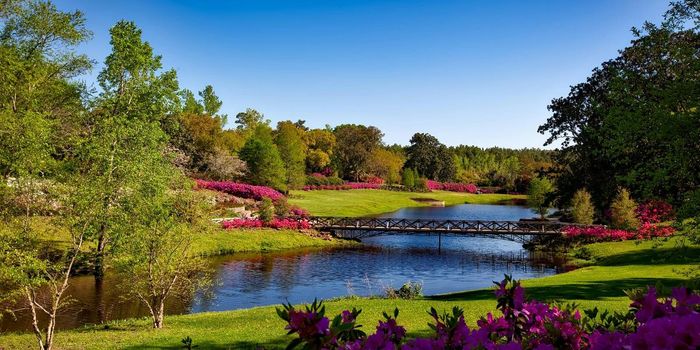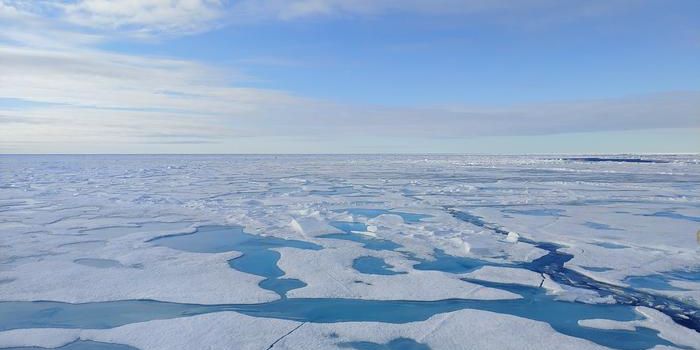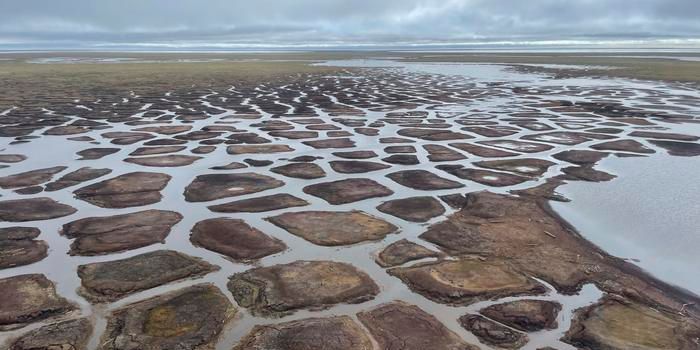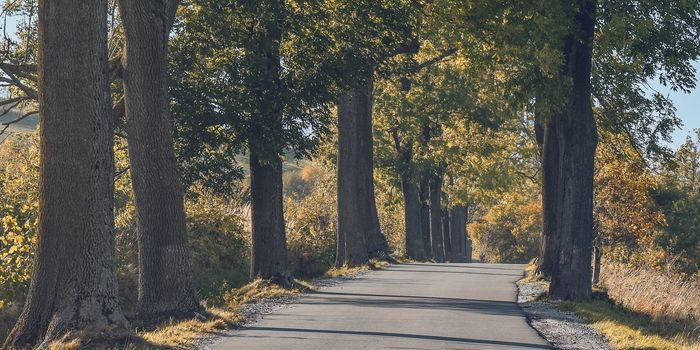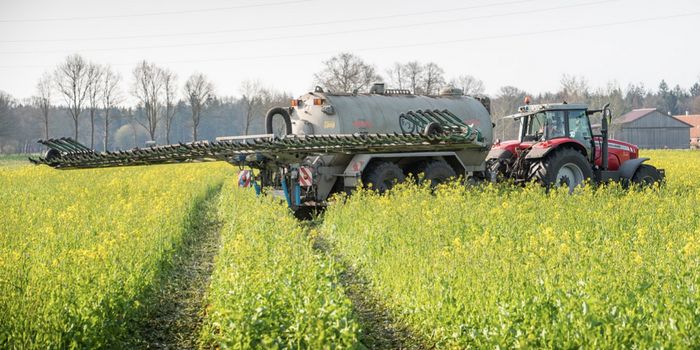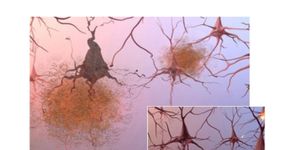The intersection between human and nature is one that is constantly changing, consistently confusing, and continuously fascinating. A new study, led by Xavier Basurto, recently published in the journal Science Advances aims to comprehend this connection with more quantitative means. Focusing on the social efforts of marine protected areas off the coast of Baja California, Mexico, the study may spark a novel “vein of research aimed at fostering greater understanding of the potential of protected areas for both environmental and human well-being,” states The Washington Post.
The idea for this study came about because of the lack of investigation that had previously been done on the social effects within fishing communities that were within the boundaries of marine protected areas. Normally, most research is conducted upon the biological and ecological consequences of such an area, while the anthropological aspects are not considered.
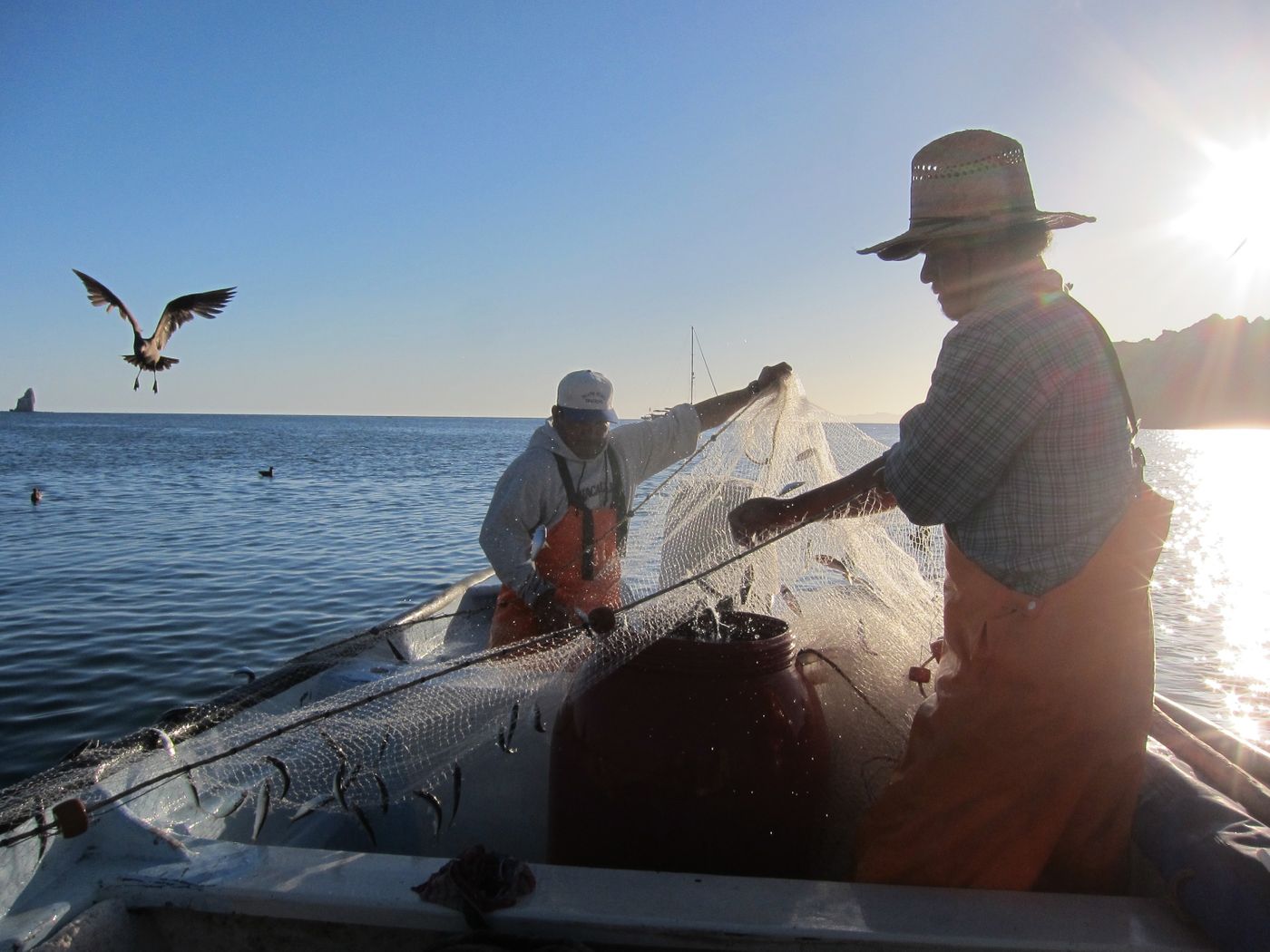
However, considered they should be, especially because, as the team of researchers point out, the success of a marine reserve depends greatly on the support of the surrounding area. If a local community that is impacted by a marine reserve reacts positively to the protected area, it can signify that the area will have a long-standing status. “If marine protected areas are having a negative effect, that will undermine the local rural civil society that is needed to help sustain and maintain these marine protected areas over time,” says Basurto. “The likelihood that marine protected areas are going to be there in 100 years — in 1,000 years — is not going to be very high. So that’s why we were very curious to understand what kind of effects marine protected areas have on these communities that depend on them.”
Indeed, the study found that protected areas may change the social structure of a community in such a way as to encourage higher degrees of cooperation and competition among communities. Luckily, it was shown that with the right circumstances, this increased cooperation and competition can actually boost social cohesion within a community.
Focusing on Loreto Marine Park and Cabo Pulmo Marine Park in Baja California, the research team conducted a series of experiments to determine “prosocial” and “antisocial” behavior of communities members whose villages and or fishing boundaries are within the limits of the parks. The members participated in different games which determined their tendencies to demonstrate prosocial behavior, in which individuals sacrifice their own immediate benefit for the public good, versus antisocial behavior, in which individuals intend to damage the welfare of others, even at their own cost. The goal of these experiments was to note if communities that are subject to the restrictions of the marine protected area exhibit different behavior than those communities that are not impacted directly by the parks.

The results were in fact quite interesting, showing that communities in the parks show a higher level of both pro and antisocial behavior. In other words, they have a higher degree of both cooperation and competition. The researcher team postulates that this ultimately arises because of the job pressure that a marine protected area puts on a community. If a community is limited by fishing restrictions, some members may turn to tourism instead of fishing, which can create a socioeconomic divide between community members who are pursuing different means of making a living. This obviously fosters competition. And yet it does not necessarily outweigh community cooperation, as Basurto verified from interviews with locals. It seems that just as in nature, a healthy mix of competition and cooperation serves to bolster the overall stability of the community. Nevertheless, the study asserts that this social inequality factor is something policy makers should consider in the future when designing protected areas.
Sources:
The Washington Post



